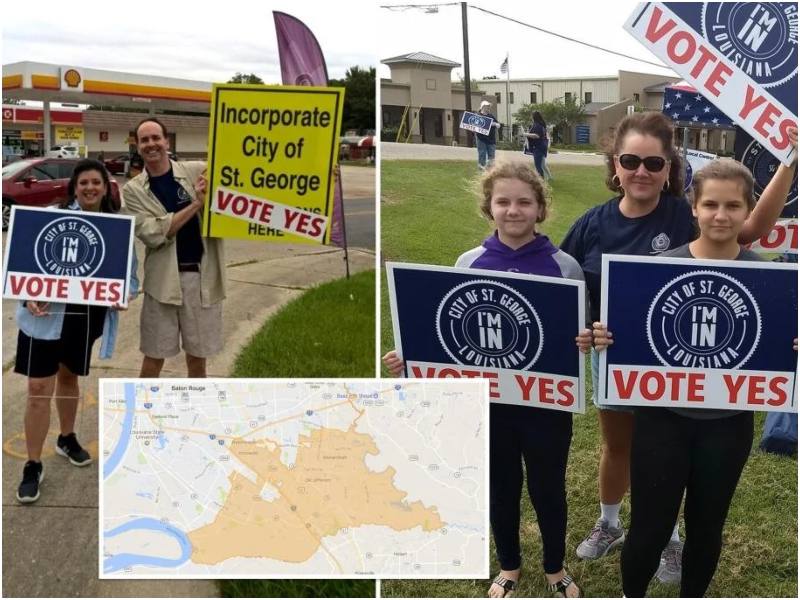In a historic ruling, the Louisiana Supreme Court has granted approval for the creation of the City of St. George, a decision that concludes a prolonged and contentious dispute spanning over a decade.
According to the Washington Times, the landmark ruling signifies the imminent separation of a segment of Baton Rouge’s southeast region, ushering in the dawn of a new municipality promising upgraded educational resources and heightened security measures.
The establishment of the City of St. George is poised to reshape the local landscape, yet it has stirred a whirlwind of debate and raised significant concerns about its potential impact on racial and economic dynamics within the area.
Critics of the secession contend that it may deepen existing disparities, characterizing it as the formation of a “White enclave” that could disadvantage Baton Rouge’s predominantly Black communities and its school district.
Conversely, supporters of the new city argue that it represents a necessary step towards breaking free from perceived governance inefficiencies and escalating crime rates under the current city-parish administration.
Advocates envision a self-reliant St. George that prioritizes superior educational facilities and safer neighborhoods, seeking to carve out a distinct identity and pursue its own path forward.
Anticipated to encompass a population of 86,000 residents across a 60-square-mile area, the nascent City of St. George is poised to chart its course under the leadership of a dedicated mayor and city council.
The journey toward incorporation traces back approximately 15 years, initially focusing on the establishment of an autonomous school district before evolving into a broader aspiration to form an independent city by 2015.
Following an initial setback, where an initial proposal failed to garner sufficient support, proponents of the separation persisted, eventually securing a successful referendum in 2019, with 54% of local residents endorsing the split.
As the City of St. George prepares to emerge onto the scene, the implications of this landmark ruling resonate far and wide, underscoring the complex intersections of governance, race, and community identity within the Baton Rouge region.

